-
 bitcoin
bitcoin $122025.899241 USD
-2.12% -
 ethereum
ethereum $4488.068729 USD
-4.11% -
 bnb
bnb $1315.348019 USD
8.65% -
 tether
tether $1.000457 USD
0.03% -
 xrp
xrp $2.875326 USD
-3.69% -
 solana
solana $222.043604 USD
-4.07% -
 usd-coin
usd-coin $0.999682 USD
0.00% -
 dogecoin
dogecoin $0.249887 USD
-5.62% -
 tron
tron $0.337379 USD
-2.59% -
 cardano
cardano $0.827763 USD
-5.06% -
 hyperliquid
hyperliquid $45.774531 USD
-2.43% -
 chainlink
chainlink $22.079309 USD
-5.87% -
 ethena-usde
ethena-usde $1.000156 USD
0.02% -
 sui
sui $3.482566 USD
-3.57% -
 stellar
stellar $0.386982 USD
-4.92%
What is a cold wallet versus a hot wallet for NFTs?
Cold wallets offer maximum security for NFTs by storing private keys offline, while hot wallets provide convenience for active trading but are more vulnerable to online threats.
Aug 10, 2025 at 10:49 pm
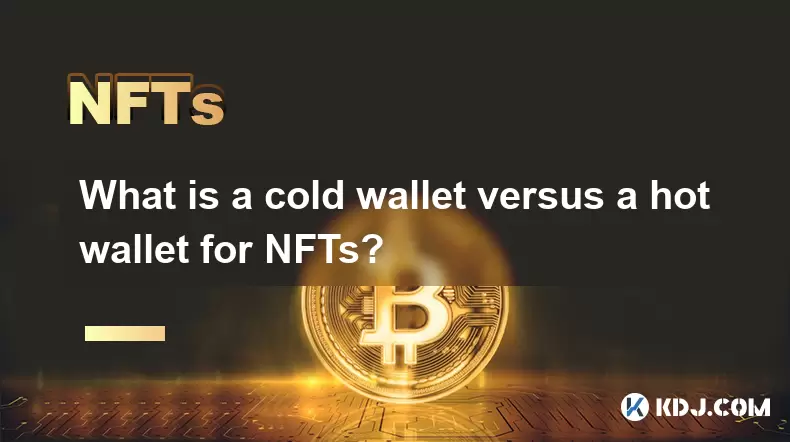
Understanding Cold Wallets and Hot Wallets in the NFT Ecosystem
In the world of NFTs (Non-Fungible Tokens), digital ownership and security are paramount. A wallet is essential for storing, sending, and receiving NFTs, but not all wallets offer the same level of protection. The two primary types of wallets used in the NFT space are cold wallets and hot wallets. Each serves a distinct role in managing digital assets. A cold wallet is a physical device that stores private keys offline, making it immune to online hacking attempts. Conversely, a hot wallet is software-based and connected to the internet, allowing for fast transactions but increasing exposure to cyber threats. Understanding the differences between these two wallet types is crucial for safeguarding valuable NFT collections.
How Cold Wallets Protect NFTs from Online Threats
Cold wallets, also known as hardware wallets, provide the highest level of security for NFT storage. These devices—such as Ledger Nano X or Trezor Model T—store private keys in an isolated environment disconnected from the internet. When a user wants to sign a transaction involving an NFT, the cold wallet processes the request internally and only transmits the signed data, never exposing the private key. This design prevents remote access by hackers. To use a cold wallet with NFTs:
- Connect the device to a computer or smartphone via USB or Bluetooth.
- Open a compatible wallet interface like MetaMask or Phantom.
- Import the wallet using the device’s recovery phrase.
- Approve transactions directly on the hardware screen.
Because the private keys never leave the device, even if the connected computer is compromised, the NFTs remain secure. This makes cold wallets ideal for long-term storage of high-value digital collectibles.
Convenience and Accessibility of Hot Wallets for NFT Transactions
Hot wallets are digital applications that run on internet-connected devices, including smartphones, tablets, or desktops. Popular examples include MetaMask, Coinbase Wallet, and Trust Wallet. These wallets allow users to interact seamlessly with NFT marketplaces like OpenSea, Blur, or Magic Eden. Since hot wallets are always online, they enable instant transactions and real-time monitoring of NFT portfolios. However, this convenience comes with risk. Because private keys are stored on devices or servers connected to the internet, they are vulnerable to:
- Phishing attacks where users are tricked into entering their seed phrases on fake websites.
- Malware that captures keystrokes or screenshots to steal credentials.
- SIM swapping attacks that redirect 2FA codes to attacker-controlled phones.
Despite these risks, hot wallets are preferred for frequent trading or participating in NFT drops due to their speed and integration with dApps (decentralized applications).
Setting Up a Cold Wallet for NFT Storage: A Step-by-Step Guide
To securely store NFTs in a cold wallet, follow these steps carefully:
- Purchase a genuine hardware wallet from the official manufacturer’s website to avoid tampered devices.
- Initialize the device by creating a new wallet and securely recording the 12- or 24-word recovery phrase on a metal backup.
- Never store the recovery phrase digitally or take screenshots.
- Install the official wallet management software (e.g., Ledger Live).
- Add a network like Ethereum or Solana within the software interface.
- Connect the hardware wallet to a browser extension like MetaMask by selecting “Connect Hardware Wallet.”
- Choose the appropriate account and confirm connection on the device screen.
- Once linked, the MetaMask interface will display the NFTs associated with that hardware-secured address.
After setup, all outgoing NFT transfers must be manually approved on the hardware device, adding a critical layer of physical verification.
Using a Hot Wallet for NFT Minting and Trading
Hot wallets are often the go-to choice for active NFT engagement. To begin using one for minting or trading:
- Download a trusted wallet app from the official app store or website.
- Create a new wallet and write down the recovery phrase in a secure location.
- Never share the recovery phrase with anyone or enter it on any website.
- Fund the wallet with the native cryptocurrency (e.g., ETH for Ethereum-based NFTs).
- Connect the wallet to an NFT marketplace by clicking “Connect Wallet” and selecting the provider.
- Approve the connection request within the wallet app.
- Browse collections, place bids, or mint new NFTs directly through the platform.
When minting during a high-demand drop, speed is essential. Hot wallets offer the responsiveness needed to complete transactions before sellouts occur. However, users should avoid keeping large NFT holdings in hot wallets for extended periods.
Comparing Security, Accessibility, and Use Cases
The decision between a cold and hot wallet hinges on balancing security and accessibility. Cold wallets excel in long-term asset preservation, especially for rare or high-value NFTs. They are best suited for collectors who do not trade frequently. Hot wallets, while less secure, provide immediate access and are optimized for interaction with decentralized applications. Traders, artists, and participants in NFT launches benefit from the agility of hot wallets. Some users adopt a hybrid strategy: storing the majority of NFTs in a cold wallet while maintaining a small, active collection in a hot wallet for daily use.
Frequently Asked Questions
Can I transfer NFTs from a hot wallet to a cold wallet?Yes. Connect both wallets to a marketplace like OpenSea. Select the NFT, click “Transfer,” and enter the public address of the cold wallet. Confirm the transaction in the hot wallet. The transfer is processed on-chain and will appear in the cold wallet once confirmed.
Do cold wallets support all NFT blockchains?Not all cold wallets support every blockchain. Ledger supports Ethereum, Solana, Polygon, and others via app installations. Trezor supports Ethereum and select EVM chains. Check the manufacturer’s compatibility list before purchasing.
What happens if I lose my cold wallet?If you have the recovery phrase, you can restore access to your NFTs on another hardware or software wallet. The phrase grants ownership of the private keys. Without it, the assets are permanently inaccessible.
Can a hot wallet be hacked even with a strong password?Yes. Passwords protect access to the app but not the private keys. If malware is present or the recovery phrase is exposed, the wallet can be compromised regardless of password strength. The seed phrase is the ultimate key to control.
Disclaimer:info@kdj.com
The information provided is not trading advice. kdj.com does not assume any responsibility for any investments made based on the information provided in this article. Cryptocurrencies are highly volatile and it is highly recommended that you invest with caution after thorough research!
If you believe that the content used on this website infringes your copyright, please contact us immediately (info@kdj.com) and we will delete it promptly.
- BlockDAG, DOGE, HYPE Sponsorship: Crypto Trends Shaping 2025
- 2025-10-01 00:25:13
- Deutsche Börse and Circle: A StableCoin Adoption Powerhouse in Europe
- 2025-10-01 00:25:13
- BlockDAG's Presale Buzz: Is It the Crypto to Watch in October 2025?
- 2025-10-01 00:30:13
- Bitcoin, Crypto, and IQ: When Genius Meets Digital Gold?
- 2025-10-01 00:30:13
- Stablecoins, American Innovation, and Wallet Tokens: The Next Frontier
- 2025-10-01 00:35:12
- NBU, Coins, and Crypto in Ukraine: A New Yorker's Take
- 2025-10-01 00:45:14
Related knowledge
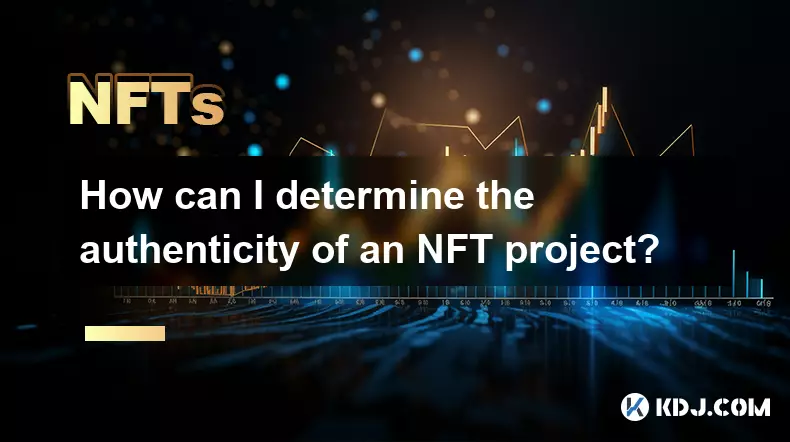
How can I determine the authenticity of an NFT project?
Sep 23,2025 at 05:18pm
Understanding the Project Team and Their Background1. Research the identities of the team members behind the NFT project. Verified social media profil...
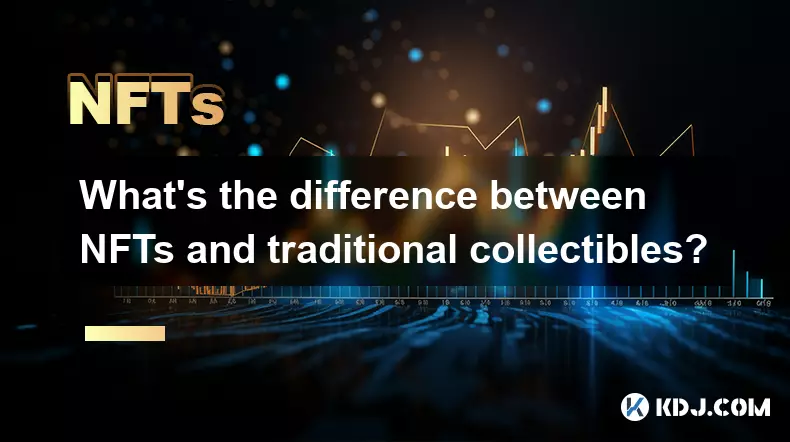
What's the difference between NFTs and traditional collectibles?
Sep 19,2025 at 12:55pm
Digital Ownership and Provenance1. NFTs are built on blockchain technology, which ensures transparent and immutable records of ownership. Every transa...
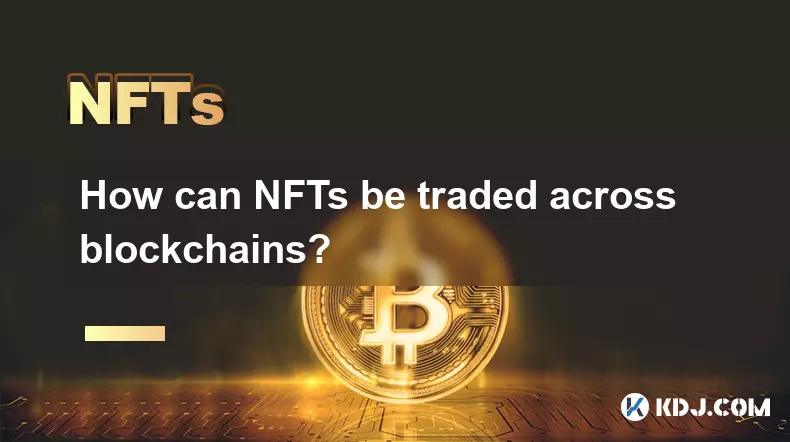
How can NFTs be traded across blockchains?
Sep 19,2025 at 12:00pm
Understanding Cross-Chain NFT Trading1. Non-fungible tokens (NFTs) are digital assets that represent ownership of unique items on a blockchain. Origin...
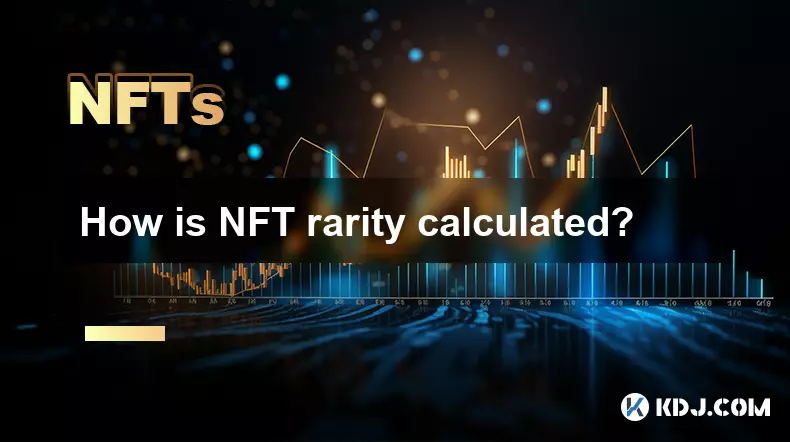
How is NFT rarity calculated?
Sep 18,2025 at 07:54pm
Understanding NFT Rarity Metrics1. NFT rarity is determined by analyzing the uniqueness of individual traits within a collection. Each NFT typically c...
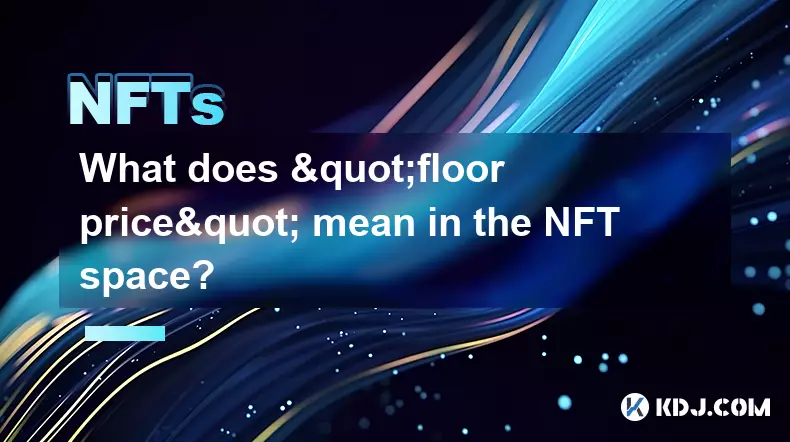
What does "floor price" mean in the NFT space?
Sep 22,2025 at 06:36am
Floor Price: A Core Metric in the NFT Marketplace1. The term floor price refers to the lowest current asking price for any item within a specific NFT ...

How do NFTs help content creators?
Sep 18,2025 at 08:00am
NFTs Empower Creators with Ownership and Monetization1. NFTs provide content creators with verifiable ownership of their digital works, ensuring authe...

How can I determine the authenticity of an NFT project?
Sep 23,2025 at 05:18pm
Understanding the Project Team and Their Background1. Research the identities of the team members behind the NFT project. Verified social media profil...

What's the difference between NFTs and traditional collectibles?
Sep 19,2025 at 12:55pm
Digital Ownership and Provenance1. NFTs are built on blockchain technology, which ensures transparent and immutable records of ownership. Every transa...

How can NFTs be traded across blockchains?
Sep 19,2025 at 12:00pm
Understanding Cross-Chain NFT Trading1. Non-fungible tokens (NFTs) are digital assets that represent ownership of unique items on a blockchain. Origin...

How is NFT rarity calculated?
Sep 18,2025 at 07:54pm
Understanding NFT Rarity Metrics1. NFT rarity is determined by analyzing the uniqueness of individual traits within a collection. Each NFT typically c...

What does "floor price" mean in the NFT space?
Sep 22,2025 at 06:36am
Floor Price: A Core Metric in the NFT Marketplace1. The term floor price refers to the lowest current asking price for any item within a specific NFT ...

How do NFTs help content creators?
Sep 18,2025 at 08:00am
NFTs Empower Creators with Ownership and Monetization1. NFTs provide content creators with verifiable ownership of their digital works, ensuring authe...
See all articles










































































